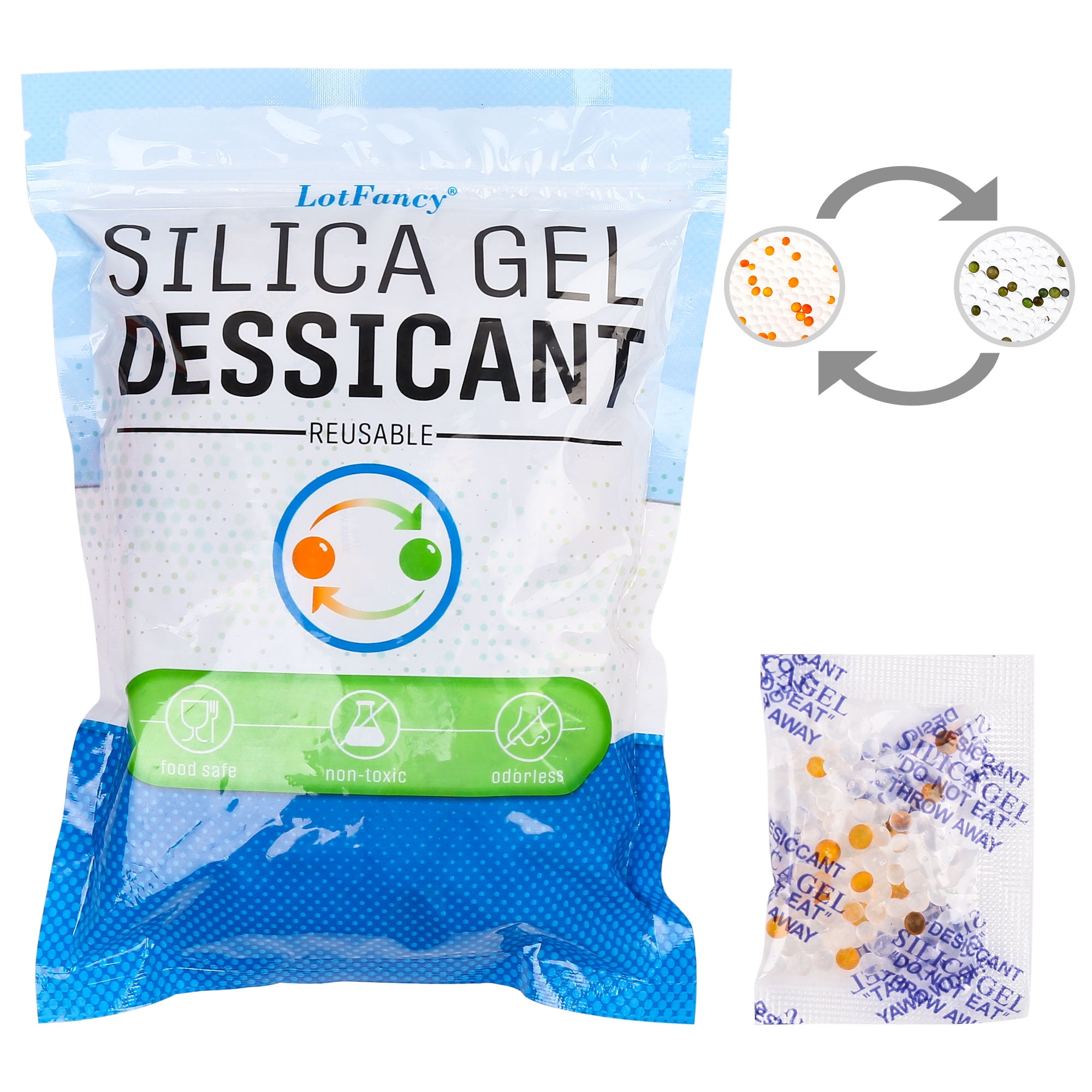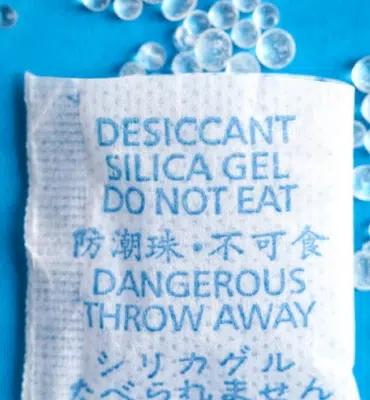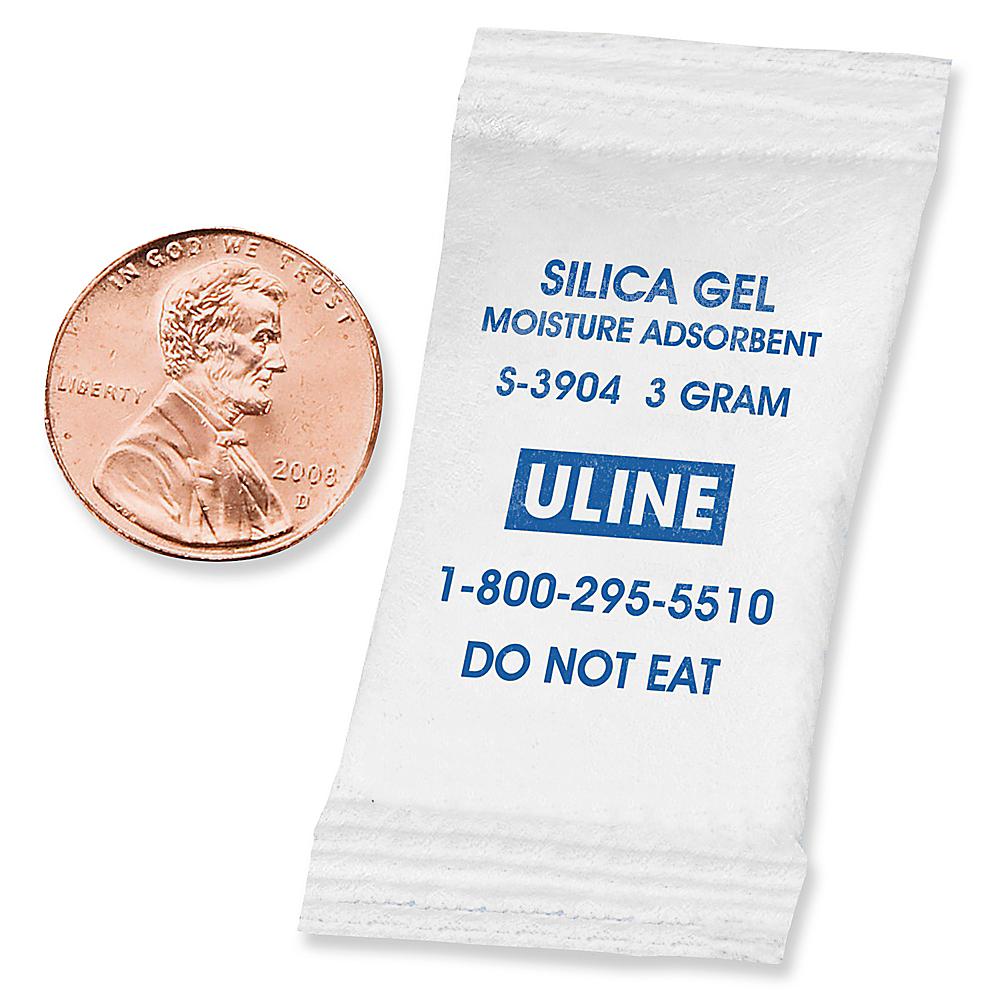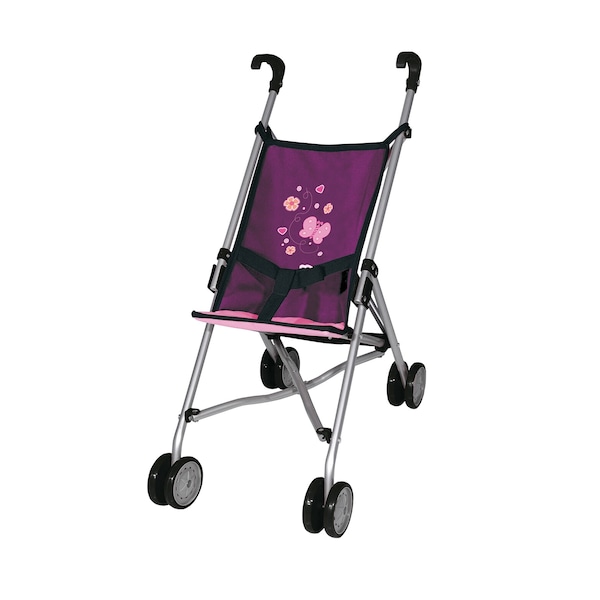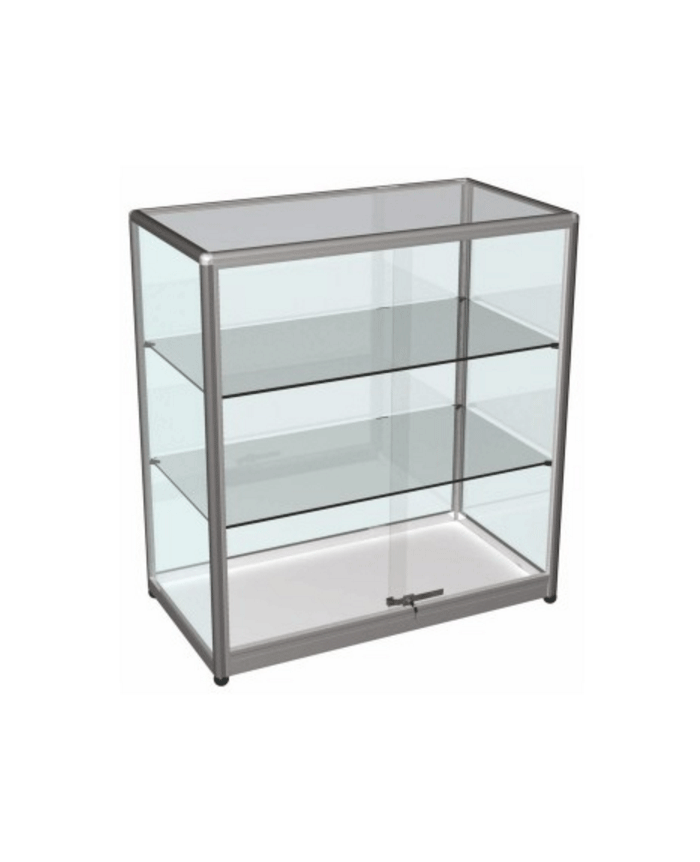
What happens when you eat silica gel? Office for Science and Society - McGill University
Can you think of the last time you saw a silica gel packet? It’s the sort of thing that you come across often but never think about. Did you open a package of beef jerky at lunch? Unbox some new shoes? Take an Advil in the morning? These are all places you might’ve seen these unmistakable little packets. Branded with warnings like “DO NOT EAT,” and “THROW AWAY,” silica gel makes it super clear to consumers that this is NOT an additional flavour packet for your food product. These dire warnings suggest that the contents are deadly poisonous. But what really happens when you eat silica gel? The short answer is nothing. Silica gel is non-toxic, non-flammable, and non-reactive with ordinary usage. It’s certainly not poisonous. These small clear beads or pellets are a highly porous form of silicon dioxide, basically, sand. It acts as a desiccant, meaning that it can absorb moisture and ensure dryness. It is this ability to absorb moisture, while being non-toxic, that accounts for its widespread use in products that range from cat litter to your snack foods. By keeping moisture at bay, silica gel prevents unpleasant smells and spoilage without posing a risk. The packaging does resemble the type of small salt or pepper packet you’d get from a cafeteria, so a warning not to consume is appropriate. Still, people do mistakenly eat it. In fact, the American Association of Poison Control Centres reports hundreds of cases of accidental silica gel consumption each year, overwhelmingly by children. As such, some packets also feature skull and crossbones symbols, the universal hazard symbol to stay away. Because, as D.W. put it in the beloved children’s show, Arthur, “this sign can’t stop me because I can’t read.” The greater risk is that children don’t just eat the beads, they try to eat the whole package, which is a serious choking hazard. Thus, the dramatic warning labels aim to discourage any ingestion, even if silica gel itself is non-toxic. If you eat the beads for some reason, they will most likely just pass right through the body. Intestinal blockage is possible if consumed in large quantities, but this is uncommon. When it happens, it is likely not an accident. The urge to eat something after being told not to is another story. Resources If you do swallow silica gel, call your regional Poison Control Centre Quebec: 1 800 463 5060 Canada: 1 844 POISON X or 1 844 764 7669 (toll-free) Canadian Association for Poison Centres and Clinical Toxicology @CatWang

Interface Vol. 22, No. 4, Winter 2013 by The Electrochemical Society - Issuu
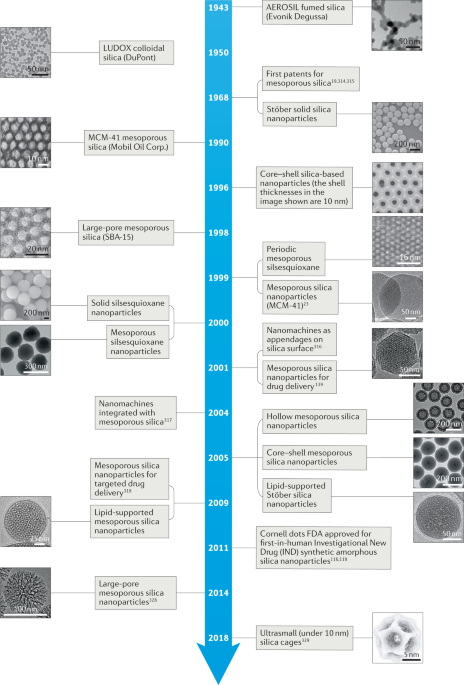
Synthetic amorphous silica nanoparticles: toxicity, biomedical and environmental implications
Is silica safe to eat? I notice it in the food and drink label at the back and just wonder. - Quora

What happens if you accidentally EAT a silica gel packet? We tell you - Times of India
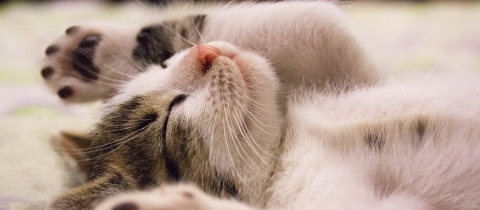
The Right Chemistry: Don't kiss toads, and other advice on toxins

Silica gel: Ingestion and effects
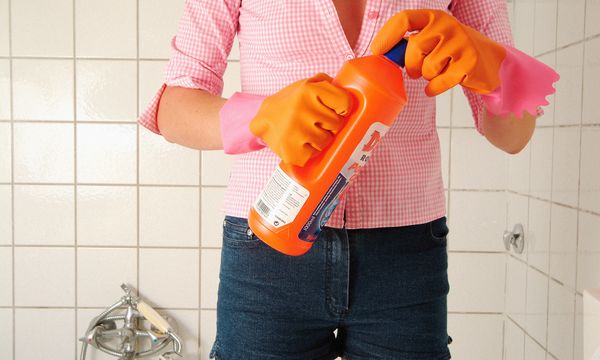
What Happens if You Eat a Silica Get Packet?

PDF) Coating Waxes on Pepper Fruits cv. Caribbean and Quality on Different Storage Conditions
What is the difference between silicon and silica nutritional supplements? - Quora

What Happens If You Eat Silica Gel - Is It Toxic?
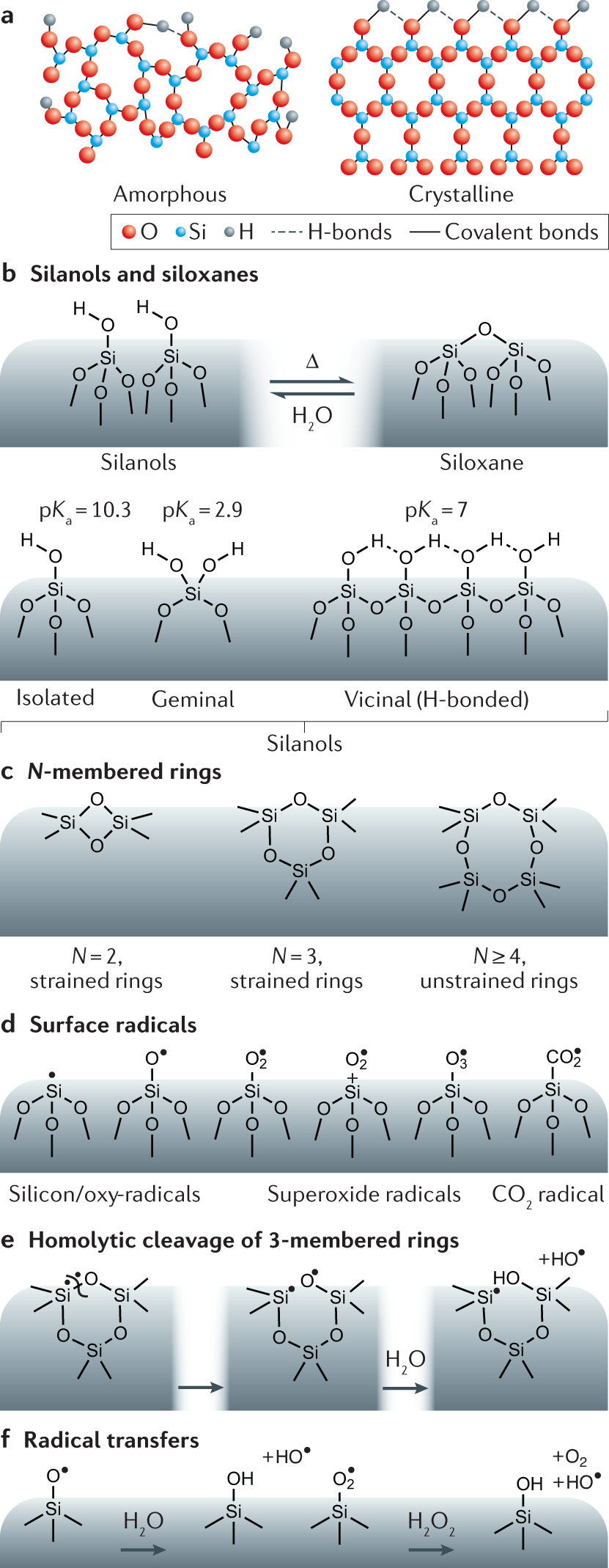
Synthetic amorphous silica nanoparticles: toxicity, biomedical and environmental implications
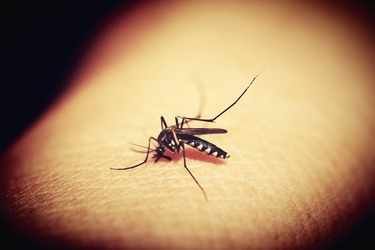
What happens if you accidentally EAT a silica gel packet? We tell you - Times of India

Our Articles Office for Science and Society - McGill University


